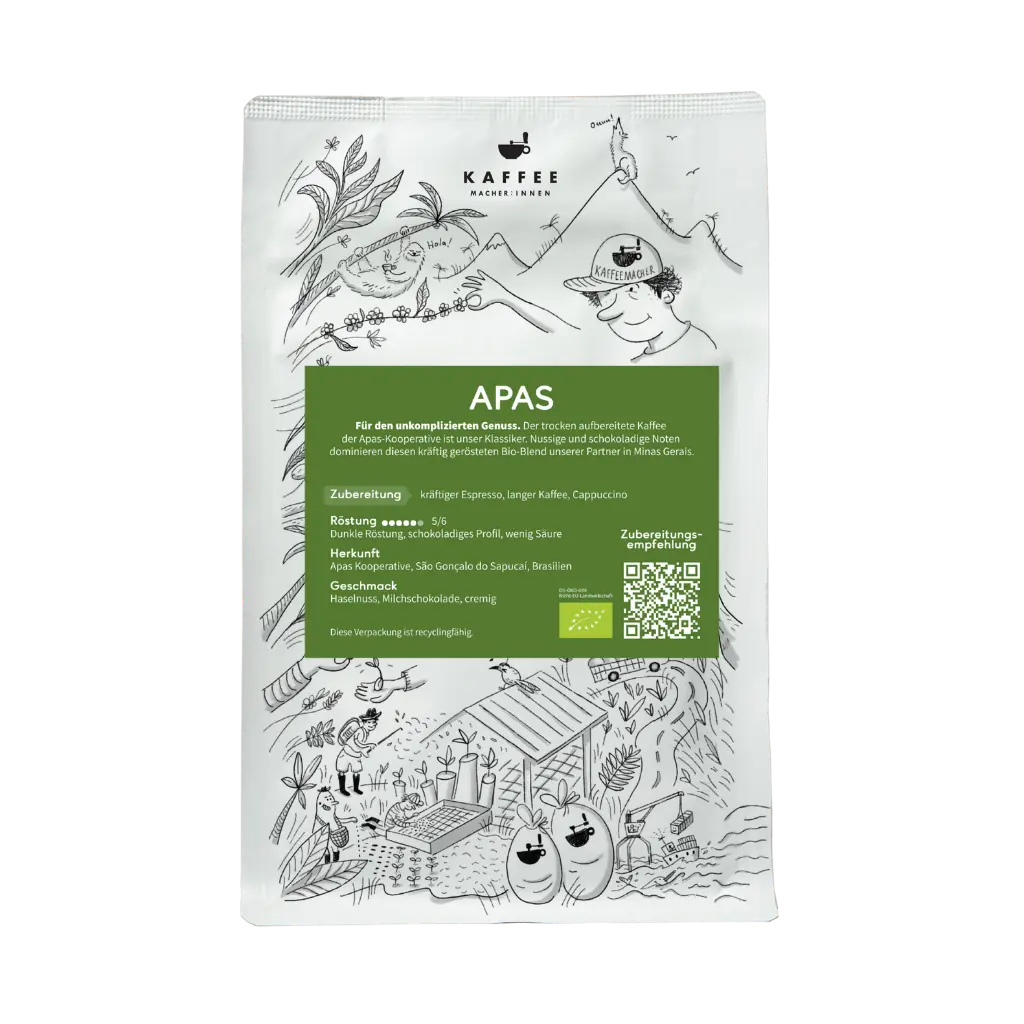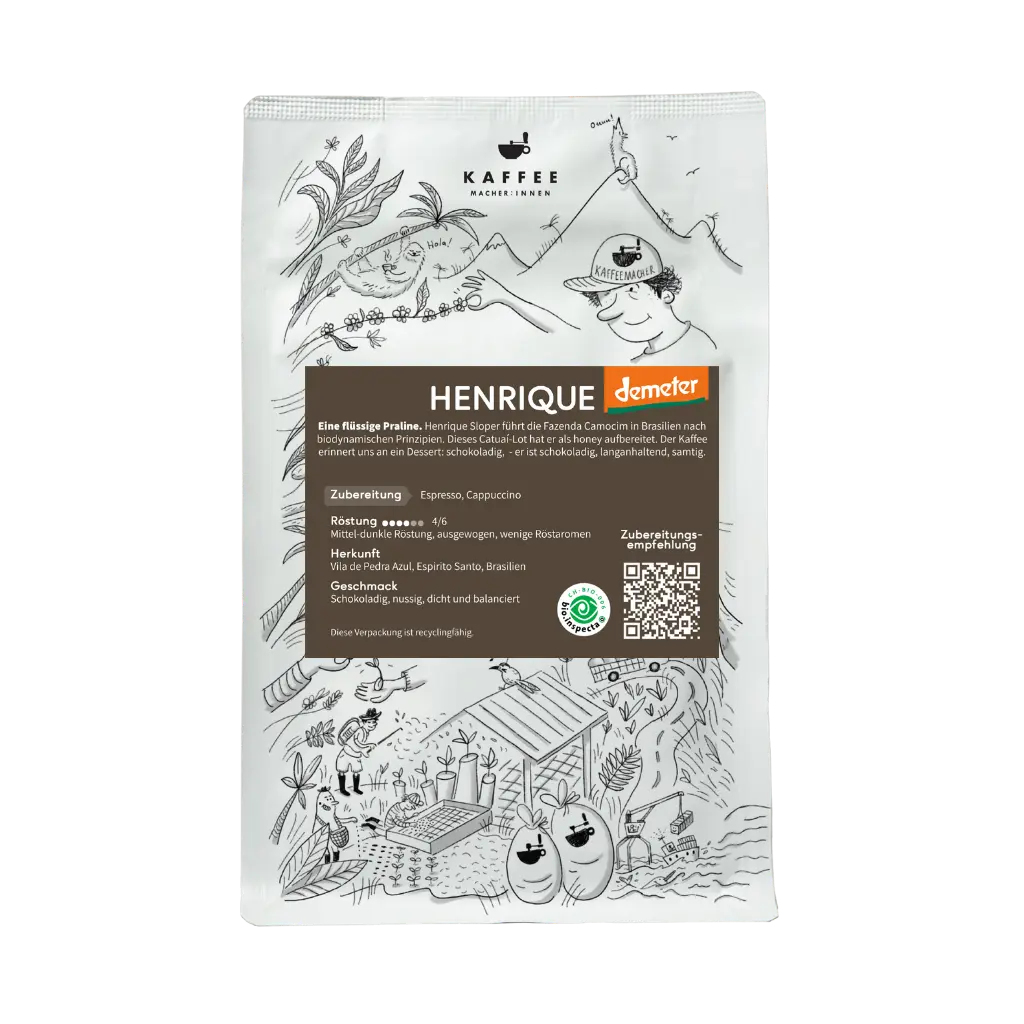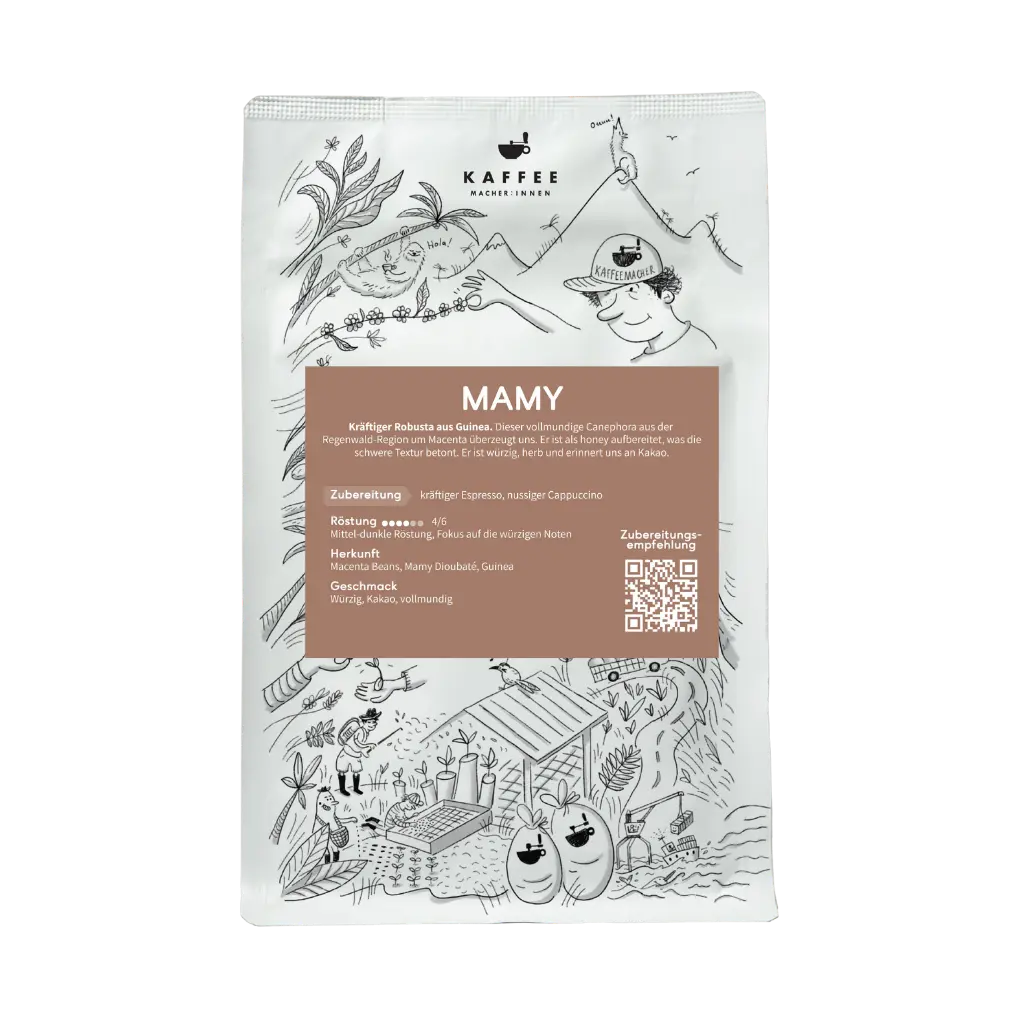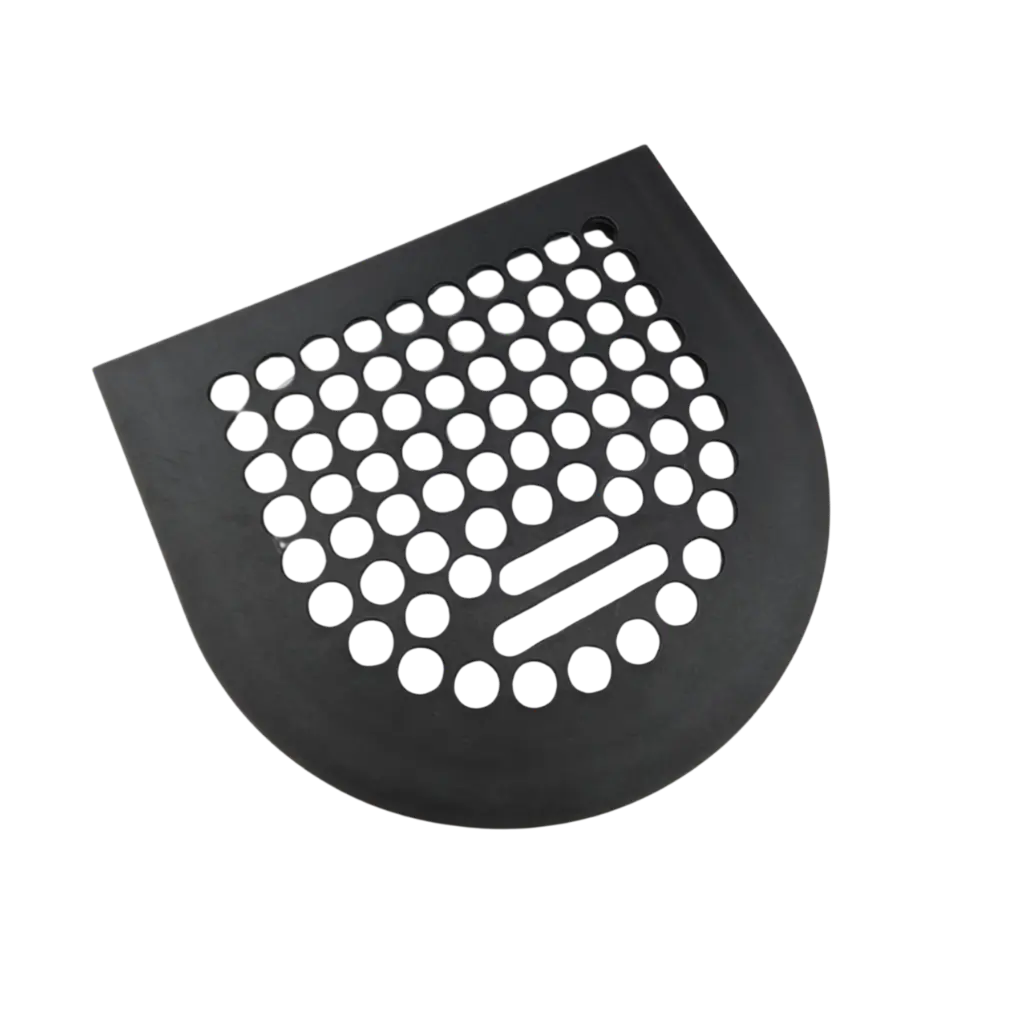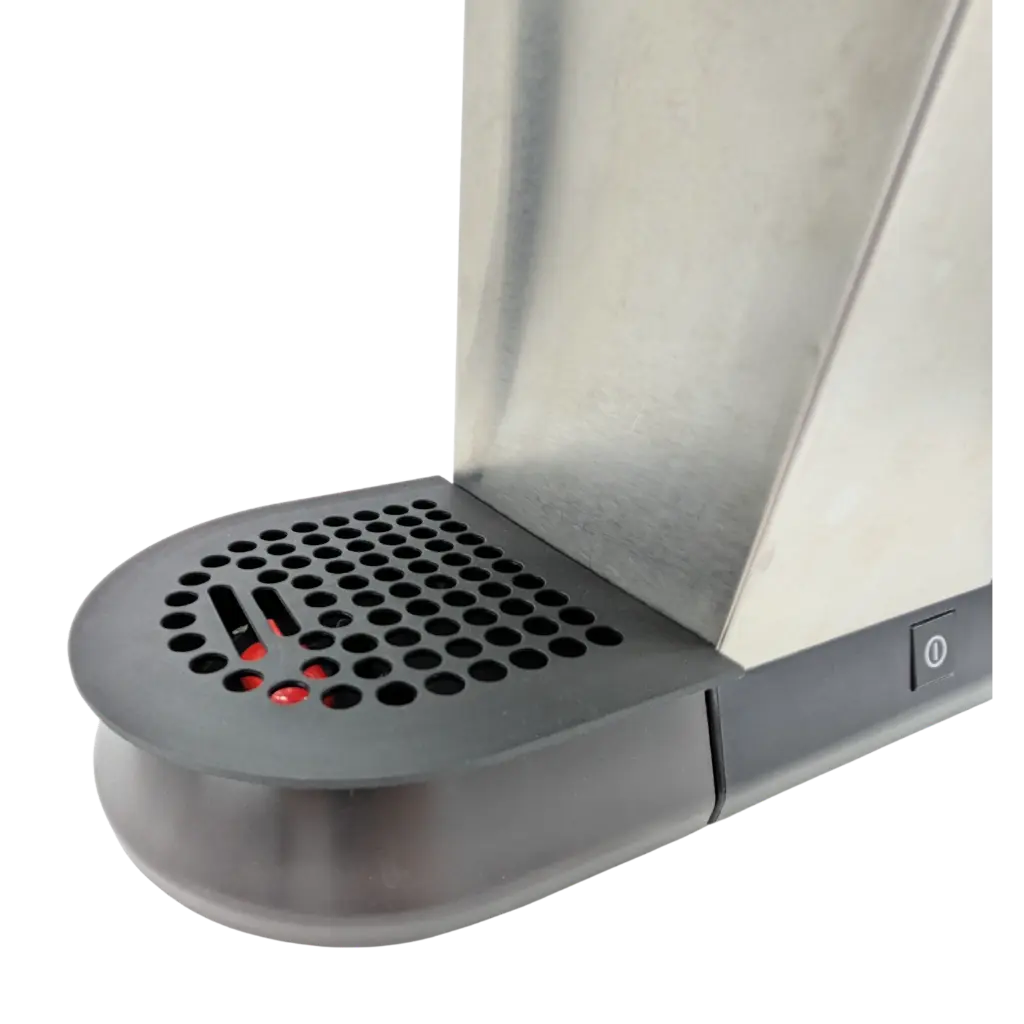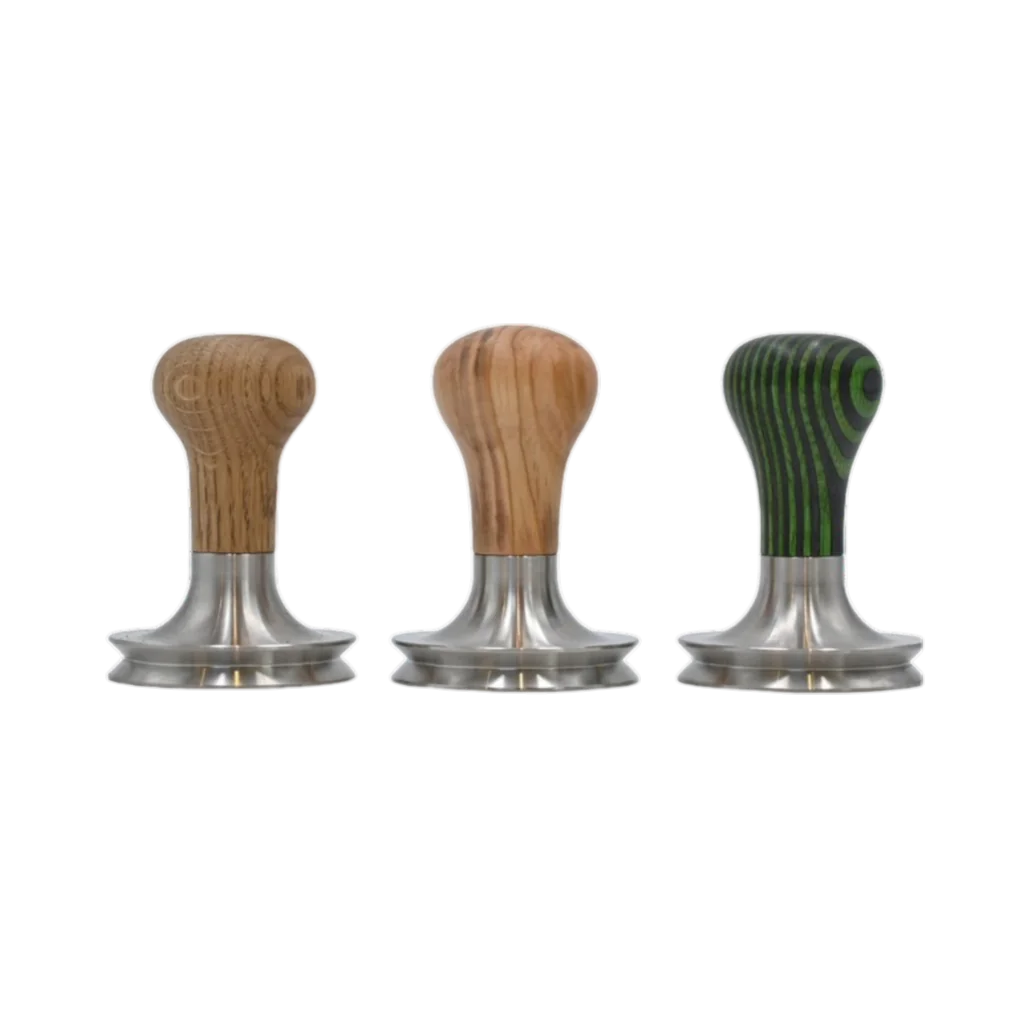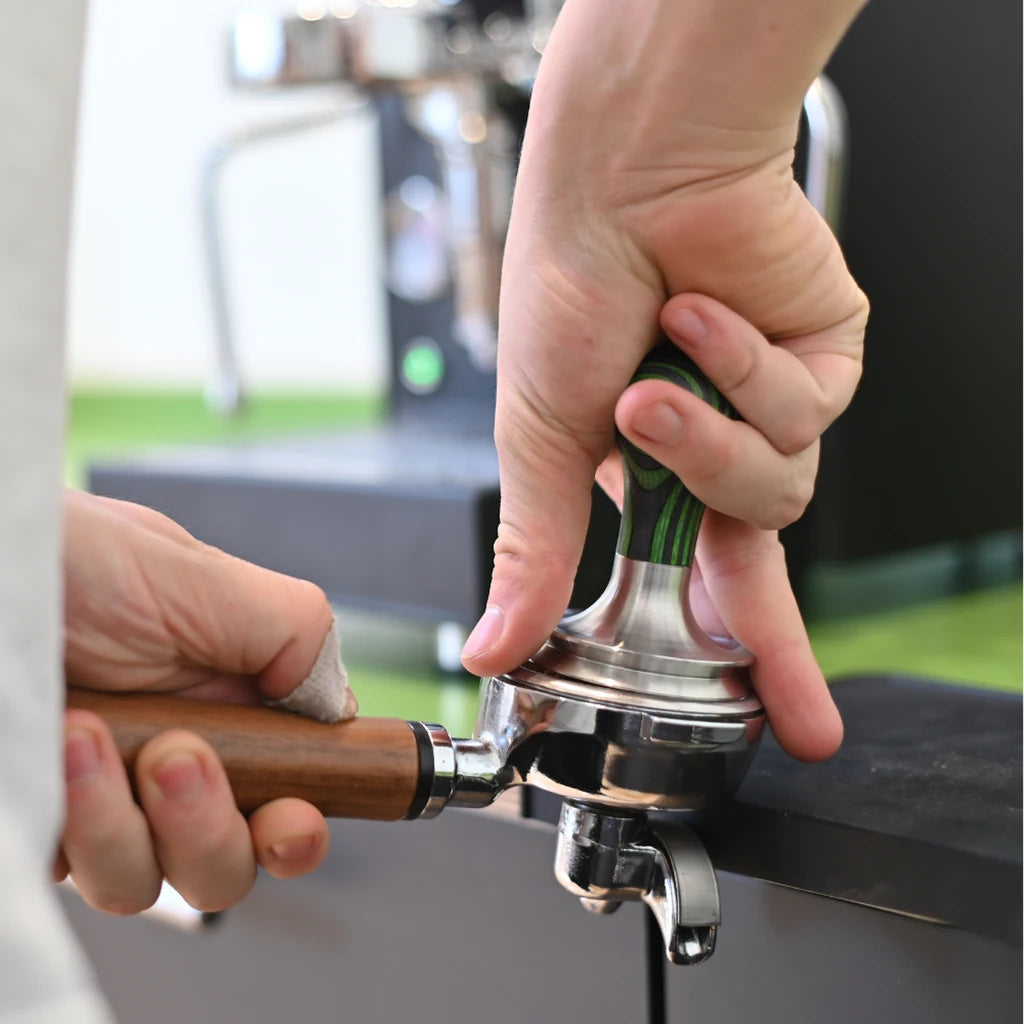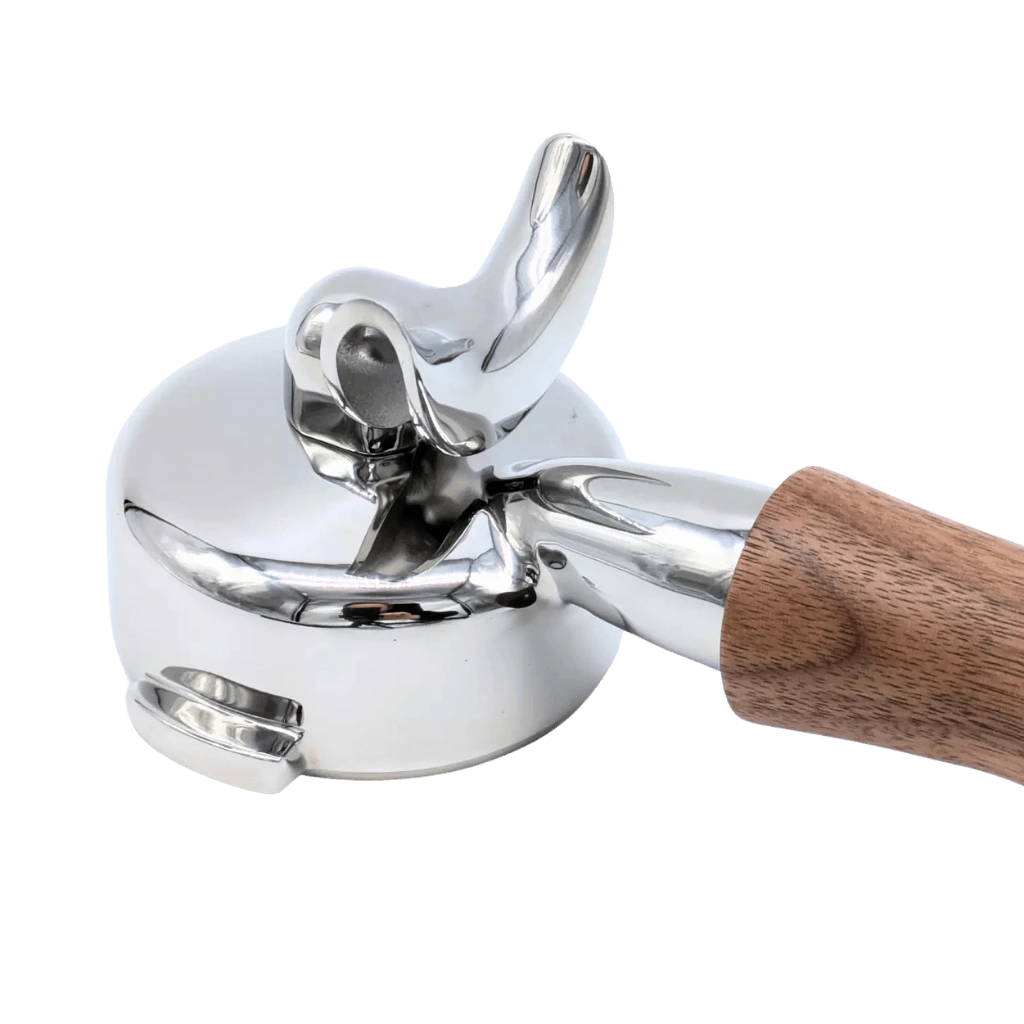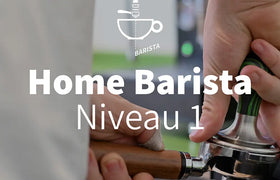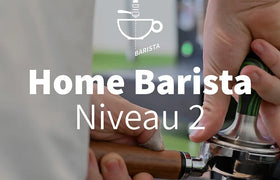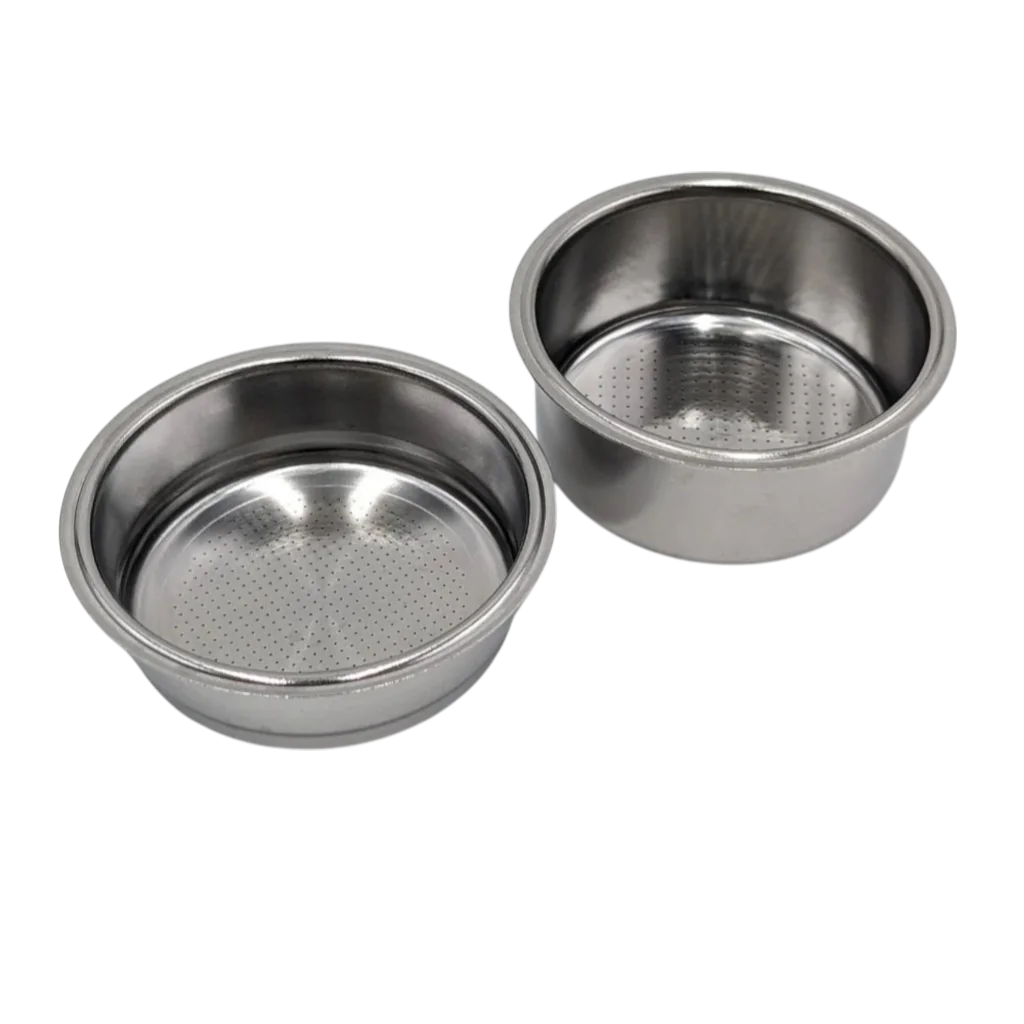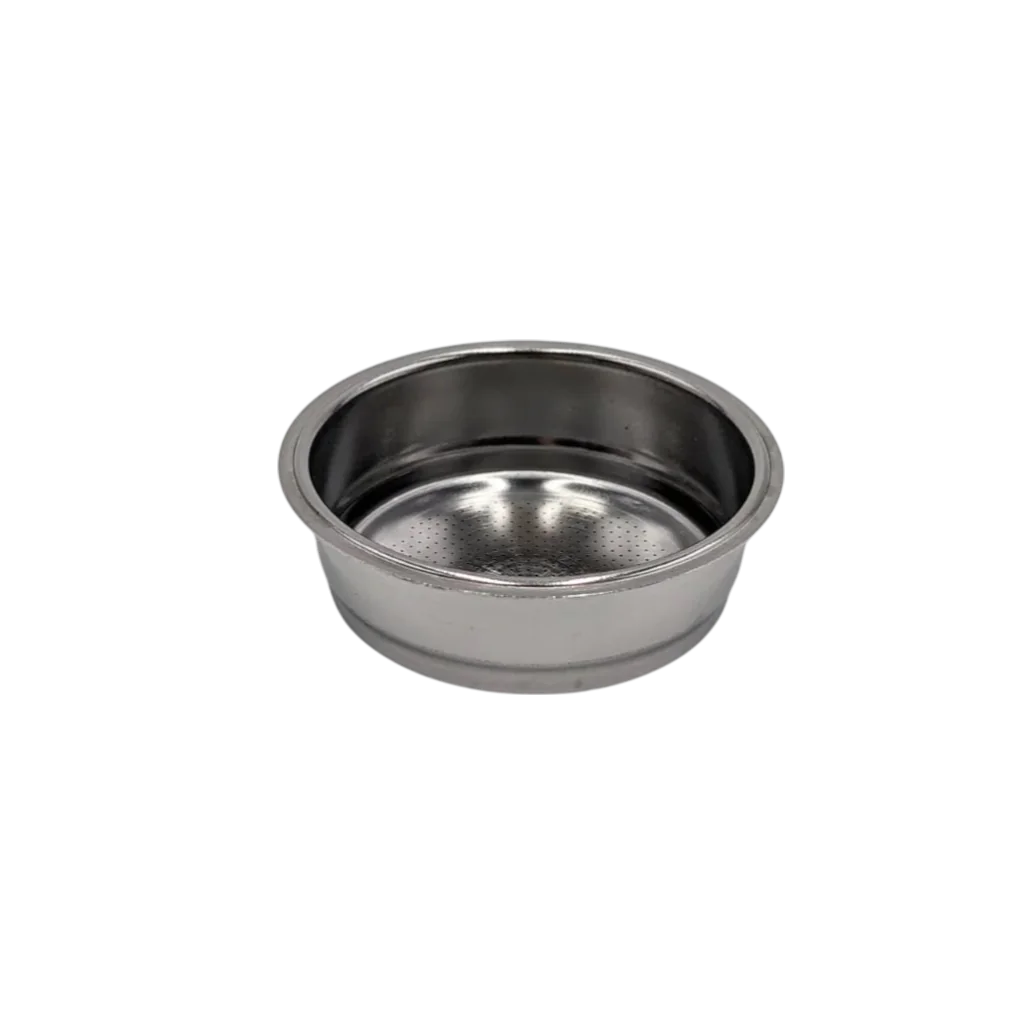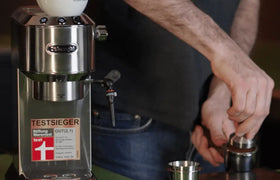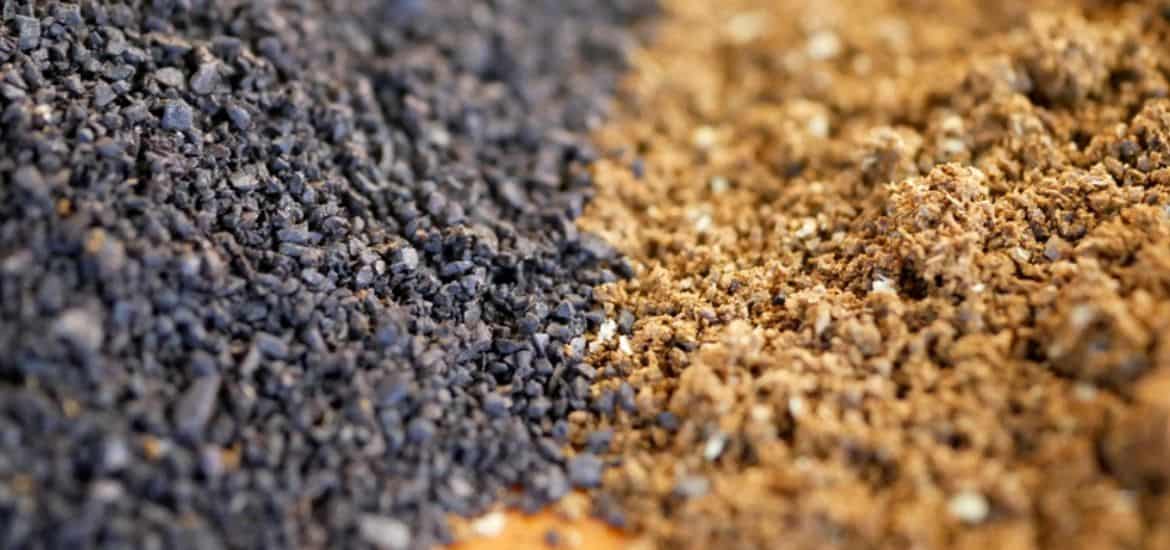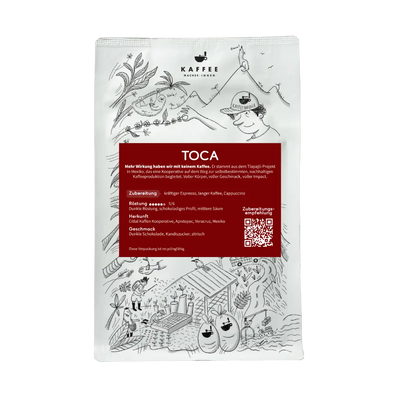9 decision tips
Reading time: 5 minutes. This article is a short blog. You can access the detailed blog article here .
Every person has individual tastes. That's why there isn't ONE coffee for everyone. But there are criteria you can use to find out your favorite coffee. In this article you will get 9 decision tips from us.
1.Which coffee is right for you? Espresso, mocha or filter?
If you are sure that you are only aiming for espresso, you can also skip to the point “Which coffee for espresso”.
Every coffee drink also has a psychological and social dimension. An espresso rounds off a delicious meal or adds a sparkling short break. For a longer conversation, however, a filter coffee or latte macchiatto is more suitable.
espresso
A concentrated espresso feels creamy and thick in the mouth. 7-10% of the drink is dissolved coffee particles. A taste explosion in 25ml.
Filter coffee
A filter coffee only consists of approx. 1% dissolved coffee particles and 99% water. It feels tea-like and soft in the mouth. The taste does not explode, but develops slowly.
Remember where you fit in. Espresso or filter? Or in the middle, with an Americano or Café Crème
2. Light, medium or dark roast?
Rule of thumb: The lighter a bean is roasted, the more differences you can taste. The darker the roast, the more the different beans taste similar.
Light roasts are more complex and contain sweet, fruity notes. If they are too light, these coffees taste grassy and grainy. Dark roasted varieties emphasize chocolaty, roasted notes. Coffees that are roasted too dark taste burnt.
The range between light and dark roasts is very wide with many sub-nuances. The explanations shorten the complex topic, but give you good direction.
3. Coffee beans for your happiness: Arabica or Robusta
There are two dominant types of green coffee: Arabica and Robusta (also called Canephora).
Robusta
Strong, earthy and full-bodied is how you can describe the taste. It has a higher caffeine content and tastes more bitter. It is sold cheaper and often forms the basis of instant coffees and inexpensive espresso blends. But that doesn't have to mean anything. Robusta beans or mixtures are suitable as a strong coffee or as a base for mixed milk drinks. However, Robusta beans have developed enormously, especially in the area of post-harvest processing options, and promise many exciting roasted coffees in the near future.
Arabica
Less bitter, fine acids and more complex, that is Arabica. It is good for filter coffees or espressos. It is available as a single variety or as so-called “mixtures”.
4. Which coffee for filter coffee and French press?
The same coffees can be used for the French press or stamp pot as for filter coffees. Since filter coffee only consists of 1% dissolved coffee particles, its flavor variations are more muted. We recommend light roasts, which allow you to easily explore the flavor profiles of different growing regions. Central America or Papua New Guinea, Kenya or Ethiopia, they all make a difference in the cup. However, it depends on your own taste! Try, try, try!

5. Which coffee for espresso?
Because the espresso is so concentrated, it hardly forgives any mistakes in preparation. If it's too bitter, that bitterness goes through you. If he's too mad, it'll almost take your shoes off. However, when the espresso is just right, it is phenomenally delicious!
The art is to integrate the acid into the espresso and put all the flavor notes in an interesting, balanced relationship.
What type of espresso are you?
If you like espresso like you did on vacation in Italy, then blends with Robusta components or pure Robusta coffees are what you are looking for. They taste dark, rather bitter and strong. You can usually find these descriptions on the packaging of the roasting companies. To make the Italian feeling perfect, the cover should be short and sweet. 7-8 grams of coffee to 15-18ml drink.
Slightly longer and more balanced espressos contrast with the Italian roasts. These often lighter roasts should be brewed with longer drink ratios of 1:2.5 or even 1:3. 9 grams of coffee becomes 22.5 or even 27 grams of drink. This preparation brings out a lot of nuances and here you can hit the “sweet spot” of the coffee.

6. Read the coffee label correctly or what you shouldn't buy
The back of coffee packs reads almost as poetically as a love poem. But don't let that fool you. The more precise information you find, the better.
The minimum standard for buying coffee should be the roasting date (not older than 2 months), information about the origin and the composition of the beans. In addition, there can be information about the preparation, the variety of coffee type and even an exact plantation information.
Unfortunately, this is not a guarantee that you will enjoy the coffee, only that you have purchased high-quality coffee. Now it's up to you: train your sense of taste. Try to taste exactly whether the coffee is too sour or too bitter (this is often confused!). If this is not due to preparation errors, you can talk to the roaster and include his recommendations. Some roasters also offer tastings where perfectly prepared coffees can be tested. This way you can quickly find your favorite variety near you! If you really want to know, you can also do sensory training.
7. Which coffee is healthy and wholesome?
Opinions argue about whether coffee is explicitly healthy or unhealthy. The truth probably lies somewhere in the middle. There are health-promoting aspects as well as potentially health-damaging ones.
Whether the coffee is wholesome depends a lot on the quality of the coffee. Coffee should not be picked unripe or overripe. The ripeness of the fruit should be as homogeneous as possible so that subsequent problems (uneven fermentation, etc.) do not occur. Roasting uneven beans is also more difficult. Your coffee should not be roasted too quickly or too light. Roasting too long or too dark also makes it unpalatable.
8. The best coffee is freshly ground
One of the most important points almost at the end. The coffee should be freshly ground before brewing. And really fresh. Grinding the coffee bean makes the coffee extremely susceptible to reactions with its environment. The aroma disappears in minutes. The second advantage of fresh grinding is that you can perfectly adjust the grinding level and therefore the throughput speed and extraction of your coffee. So never buy pre-ground coffee, but rather invest in a grinder, enjoy the smell of freshly ground coffee and prepare perfect drinks.
9. The best coffee in the world
You've probably heard of the Kopi Luwak cats, who eat coffee beans and therefore taste exactly the right degree of ripeness. But this “cat coffee” is, like Moonsooned Malabar or Jamaica Blue Mountains, marketed very, very well. These coffees are not objectively the best in the world, but rather they have managed to assert themselves on the market as exclusive luxury goods thanks to sometimes bizarre stories. With our tips in this article you can also find very, very good coffees from local roasters that won't tear a hole in your budget!



